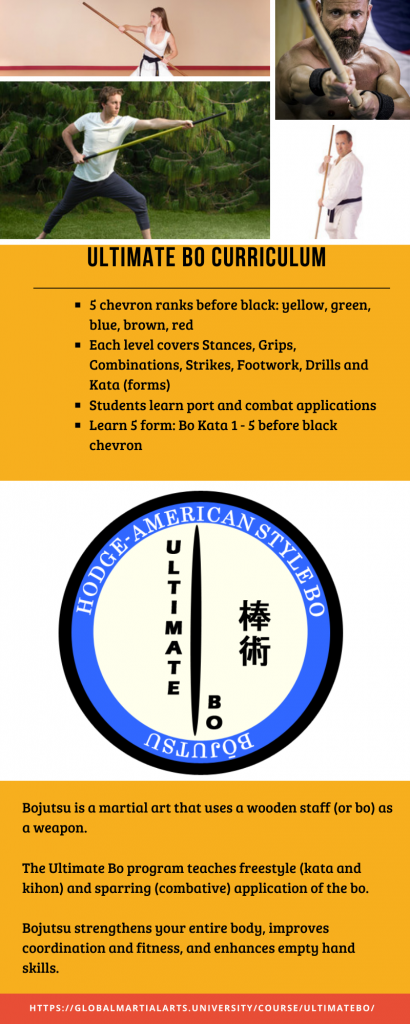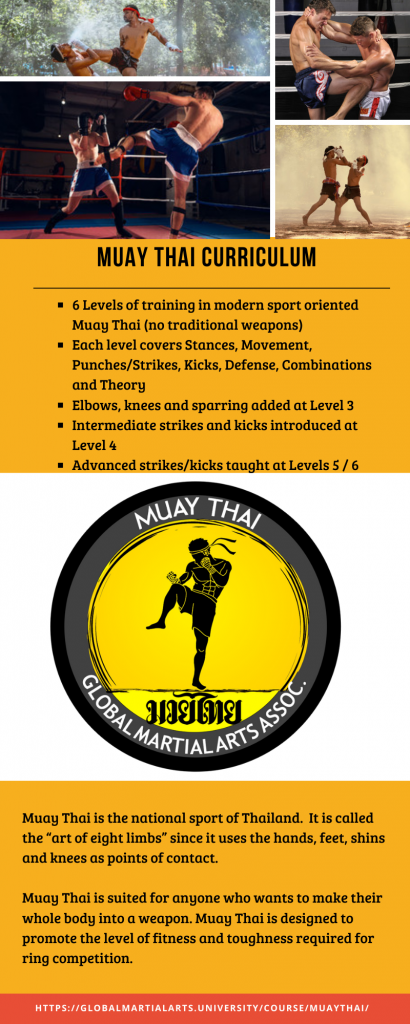Many new martial-art students ask, how long before I get my black belt?
There’s no single correct answer to this question. I’ve seen people promoted in as little as two to three years.
In most traditional martial arts, the timeframe for someone to achieve their first black belt is around five years. In other arts, like Brazilian Jiu-Jitsu, it takes much longer–the average time to black belt is around ten years.
Students (and their instructors) should not be in a rush to promote to the next rank level. Instead, they should concentrate on developing and growing at each level so the color of their belts actually reflects their true skill levels.
This article provides an overview of belt-ranking systems and gives advice from seasoned instructors on the real purpose of rank and how you should think about it.

In the “old days,” martial-art systems did not use belts to recognize rank. Instead, student seniority (how long they had trained with the master) was easily recognized as student groups were small. They were often limited to relatives or individuals with strong ties to certain families or villages.
In 1886, Jigoro Kano (the founder of Judo) required his Yudansha (senior students) to wear black belts. In 1907, Kano introduced the modern Judogi (Judo uniform) and Obi (belt), but he still only used white and black belt ranks. Today in Japan (and elsewhere), the use of belt colors is used to represent as student’s skill level.
The order of belt colors varies from style to style and school to school. In Japanese martial arts, Kyu (level, class or rank) is the term used to indicate ranks below black belt. Kyu ranks go backwards as rank increases. Therefore, 6th Kyu is a lower rank than 1st Kyu.
The modern Kung Fu sash system is similar to other systems, with colored sashes (belts) assigned to non-black-belt students. This system originated form Chinese theatre where performers wore sashes of different colors to stand out during performances.
Combat sports such as wrestling, boxing, MMA, and Muay Thai do not use ranking systems. They use weight divisions to pair opponents (some with more or less actual experience) for competition. Even so, some Western organizations have taken the Muay Thai arm band (called Pa-Prajiad) to recognize rank, which is similar to the colored belt system. Pa-Prajiad were a tradition arm bands worn by Muay Thai fighters that varied in color. But the colors had no meaning with regard to rank.
At the Global Martial Arts University (GMAU), three programs have a belt-ranking system: Shotokan Karate, Taekwondo and Krav Maga. Two GMAU programs have a chevron system: Ultimate Bo and Nunchaku. And our Muay Thai system uses levels (1-6).
Ranking systems are useful for a number of reasons, including helping to organize groups of students, as a way to recognize skill, and for motivating students to go to the next level. It’s important to note, however, that how long a student stays at a rank level should depend on the acquisition and ability to demonstrate skill, rather than on time only. It takes time to develop skill, and therefore there’s a natural connection between how long you’re at a given rank and your knowledge, skills and ability.

I surveyed ten long-time martial-art instructors on their thoughts about the importance of time and belt rank. Their feedback revealed two major themes related to skill and time and two minor themes related to right focus and rewards. Here’s what they had to say about each theme.

Major Theme #1: Skill Should Be The Basis of Promotion
- In my opinion, if you don’t have the skill for a given rank you shouldn’t have the belt.
- Strong roots are required for strong trees.
- Foundations [fundamentals] are not just for white belts. They must be revisited and improved upon at every level.
- In order of priority: technical skill, physical ability to perform, time in grade and representing the character of the academy and the art are important.
- If someone goes above and beyond, should they move along quicker? These things pertain mostly to mudansha (colored belts) and more specifically upper-rank black belts (yudansha).
- Belt rank should be skill-based: you are promoted when you are ready. Kids need a little more recognition along the way [to keep them motivated] but a performance-based curriculum is still the ideal.
- There is a difference between being able to demonstrate a technique versus understanding a technique.
- For those who seek real growth and skills, belt ranks are milestones of personal achievement while you are journeying on an unending ancient path of becoming a true warrior and scholar.
- Consistency is the key in my opinion. Show up, be dedicated, and put in the work. If you don’t, it will show.

Major Theme #2: Time Is Crucial For Growth
- Ed Parker (founder of American Kenpo Karate) said something to the effect of: “It’s not time in grade that should matter but time at grade.”
- Repetitions over a longer time-period will be cemented into your muscle memory much better than the same number of repetitions done over a short time span; therefore, students shouldn’t be promoted merely for knowing techniques.
- Repetition is necessary, so the movements and reactions become part of your DNA. This takes lots of time. Thousands of reps.
- The destination is the journey.
- Time in grade is where students learn the nuances of techniques and [are put in] situations that allow them to progress.
- Everyone learns at their own pace, take time to enjoy your journey to black belt.
- Black belt is only the beginning of a new chapter in the journey. Shodan literally means “first level”.
- Don’t rush. This isn’t a race, and you won’t get better by cramming.

Minor Theme #3: Rank Tunnel Vision Is Misplaced Focus
- Belts are good for holding your pants up.
- Belt ranks are supposed to be milestones in a long journey. But they become meaningless idols for those who seek unmerited praise and honor.
- Karate Kid (movie) quote: “Daniel-san, karate is here [taps his head]. Karate is here [taps his heart]. Karate is never here [points to his belt]. Understand?”
- In Okinawa, a belt means you don’t need a rope to hold your pants up.
- Belt ranks should never be a badge of pride or ego.
- I always liked the story I about a student who was told that it would take five years for him to get his black belt. When he said that he would work twice as hard as the rest of the students, the master said it would take him ten years. When the student asked why this was, the instructor responded that because the student has one eye on the techniques and one eye on the belt rank rather than both eyes focusing on the techniques (needed to earn the belt).

Minor Theme #4: Belts are Rewards That Benchmark Ability
- Belt rank is an honor and reward for hard work and diligent training while demonstrating humility and moral growth.
- Dr. Kano (founder of Judo) developed the ranking system so he could pair students by size and skill level. When Karate started using the belt rank system, it was so that instructors would know which kata a student should be learning and perfecting. This aided organized instruction in classes so students could be grouped by skill level.
- There must be standards in place as guidelines, but they can’t be set in stone. Should someone that doesn’t really contribute but has their “time in” automatically be eligible for promotion?
- I told a black belt student of mine this today: “Work ethic is more important that talent to me.”
Established in 2008, the Global Martial Arts University is the leader in high-quality, online martial-arts instruction. Our instructors have advanced rank and experience in the art(s) they teach. They provide individualized feedback and instruction to each and every GMAU student. Students are provided detailed syllabi so they know exactly what is expected of them for promotion.
Check out our Shotokan Karate program here.
Check out our Taekwondo program here.
Check out our Ultimate Bo program here.
Check out our Krav Maga program here.
Check out our Muay Thai program here.
Check out our Nunchaku program here.

I want to acknowledge and thank the following instructors who took the time to share their wisdom on this topic. Their thoughts are the backbone of this blog post; it would not have been possible to write it without them. To all of these friends and mentors: Thank you!
- Kurtis Carter: 6th Dan Samrangdo, 6th Dan Hapkido
- Nathan Douglas: 4th Dan Kukkiwon Taekwondo, 3rd Dan Ultimate Bo
- Adam Gerrald: 4th Dan Kukkiwon Taekwondo, Black Belt Marine Corps Martial Arts Program, Black Belt American Style Nunchaku, Purple Belt Brazilian Jiujitsu, Brown Chevron Ultimate Bo
- Brian Hall: Shifu/Sensei of Li Jia Men Southern Shaolin Kung Fu, Goju Ryu Karatejutsu, Seino Ryu Japanese Jujitsu
- Randy Henderson: 7th Dan Kenpo Ju-Jitsu, 4th Dan Shuri-Te Ju-Jutsu/Bu-Jutsu
- Sarah Hill: 2nd Dan Shotokan Karate
- Dustin Koppel: 3rd Dan Krav Maga, 1st Degree Black Belt Brazilian Jiujitsu
- Marlon Laws: 7th Dan Matsumura Seito Karatejutsu
- Trent Praytor: 1st Degree Carlos Machado Jiujitsu Black Belt
- Nick Vasallo: Muay Thai Medalist, MMA Amateur, Blue Belt Brazilian Jiujitsu.







